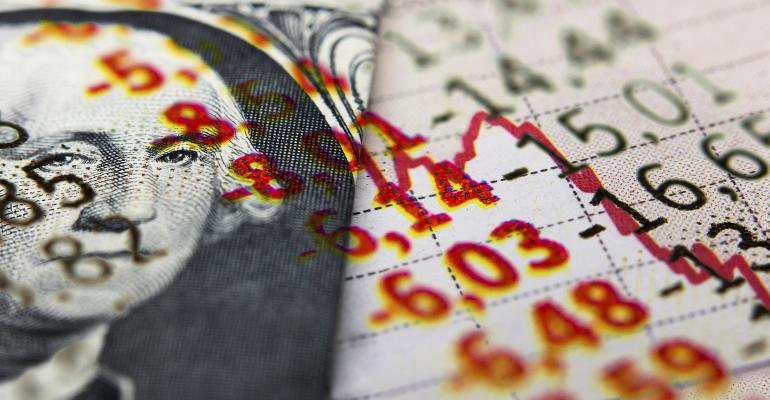(Bloomberg) -- The notoriously saturated $7.7 trillion ETF industry is this year poised for the second-highest number of closures, as the pandemic-era day trading boom fizzles out.
As of the first week of December, exchange-traded-fund issuers had liquidated or delisted 234 products in 2023. That compares with 159 closures last year and just 72 in 2021.
Of the total closures this year, more than 10% were thematic ETFs, according to a tally from Bloomberg Intelligence. Many of those funds — which typically appeal to retail traders looking to invest in buzzy concepts — had launched during the pandemic.
The list of funds axed includes seven focused on cryptocurrencies and the digital-asset ecosystem. At least two metaverse ETFs and two investing in blank-check companies also shuttered, as did a fund tracking companies like Pfizer Inc. and Moderna Inc. that develop Covid-19 vaccines.
Part of the problem for issuers looking to gain a foothold in the ETF arena is that investors now have the choice between 3,300 US funds spanning different asset classes and strategies. More than 700 of those funds came to the market in 2021 and 2022, many of them catering to day traders who were particularly active in the throes of the pandemic, according to Athanasios Psarofagis, ETF analyst at Bloomberg Intelligence. With retail trading less frenetic these days, it makes sense to see many funds shutter, he said.
“This is good in my opinion — we need to be reminded there are rules. Future launches will have to be more well-thought-out,” he said. “There will be more Covid darlings to close, too.”
Another factor that contributed to the uptick in liquidations is the shuttering of several ESG-related funds, which happened as the strategy became more politicized. Issuers have shut down a record 14 ESG funds so far in 2023 amid outflows, with an unprecedented $7.7 billion leaving do-good ETFs this year following ten straight years of inflows.
Read more:
New ETF Boom Defies Saturation Warnings in $7 Trillion Industry
Dimensional’s $100 Billion ETF Boom Blunts Legacy Business Woes
JPMorgan’s Struggling ETFs Show Demand Crisis for Do-Good Funds
A $100 Billion ETF Flood Offers Little Solace to Active Managers
But the string of liquidations hasn’t deterred some issuers from conjuring up new trades to cater to diverse tastes on Wall Street. Firms have launched 450 new ETFs this year, up from 378 last year. More than 80% of all launches in the past 12 months have been active, according to Bloomberg Intelligence. That’s as issuers look to capitalize on the popularity of funds like the JPMorgan Equity Premium Income ETF (ticker JEPI) that became clear 2023 standouts with billions of dollars in inflows.
And the demand is there — active strategies have attracted roughly 25% of the $500 billion that’s flowed to US ETFs over the past 12 months, a record share.
“It’s all about active,” said Kim Tilley, portfolio manager at Lazard Asset Management. “As asset managers look to build out their lineups for the next phase in the cycle, the active ETF appears to be a critical and prominent tool.”





